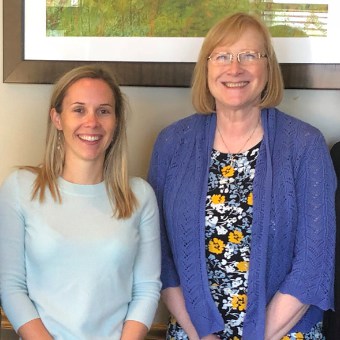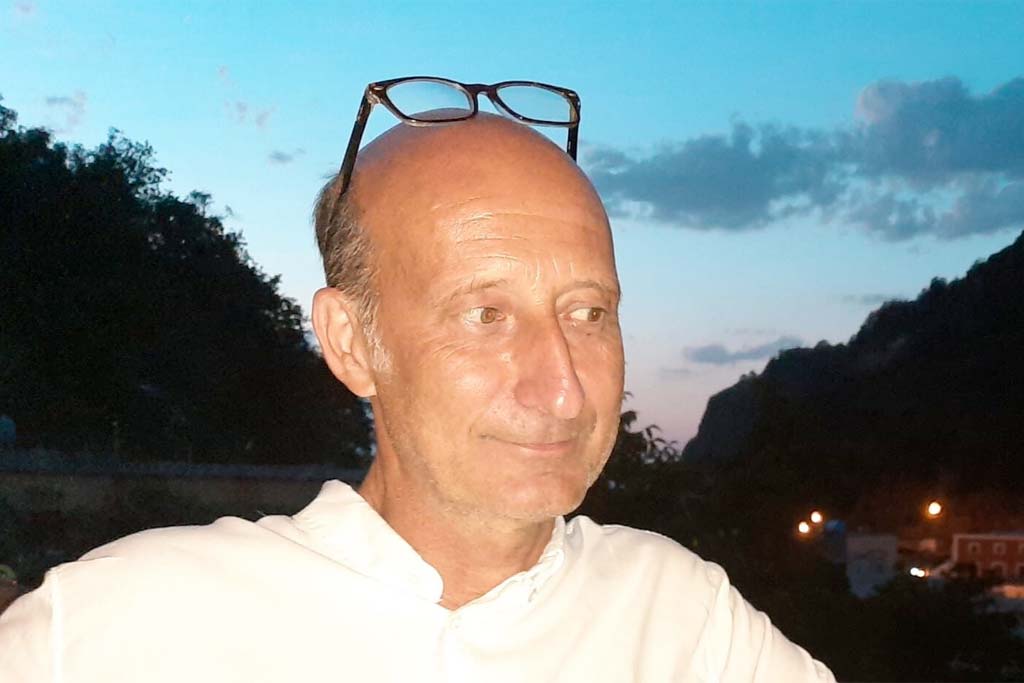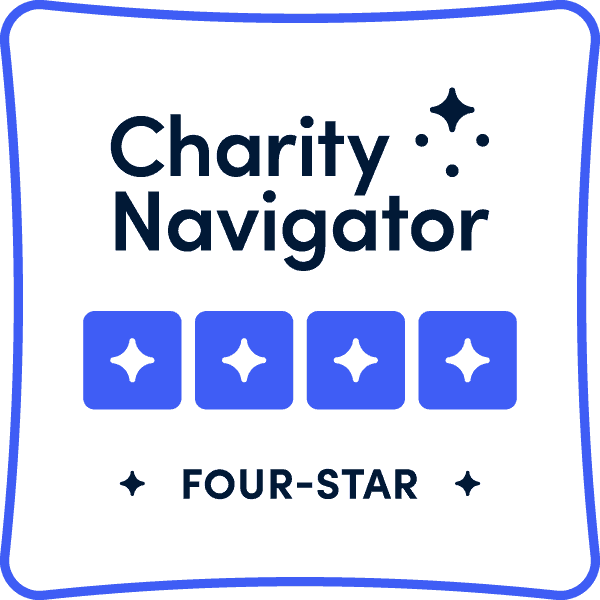
Dr. Susan Swedo
Neuroimmune Foundation executive director and founder, Anna Conkey, had the honor and privilege of interviewing Dr. Susan Swedo, Chief Pediatrics & Developmental Neuroscience Branch at the NIMH in March 2018.
PANS and PANDAS: An Interview with Dr. Swedo
How did you first learn of PANS/PANDAS and what motivated your interest in it?
I first learned of the connection between strep and obsessive compulsive disorder when I got to the NIH in 1986. As a pediatrician I think I probably missed three or four cases of OCD, treating the rash on the kids’ hands when in fact, they probably had excessive hand-washing or anxiety. I was motivated to learn what OCD was and was really blessed that my partner Henrietta Leonard started the same day I did. She was a child psychiatrist and I was the pediatrician and we always joked that I was the hands and she was the head and between us we made a whole person.
Judy Rapoport gets all the credit for thinking about medical models for OCD and she was the one who had come across those old papers that children with Sydenham chorea, that we know is a post-strep illness, had obsessive compulsive symptoms start about two to four weeks before the movements did. At the time, it was punitive toilet training and a very psychological construct for OCD, so if the movements would have started before the OCD, we would have thought it was a coping mechanism and that the child was trying to regain control.
That led to the investigations of Sydenham chorea, one of which we actually did with Dr. [Ellen] Wald. That showed that children with rheumatic heart disease didn’t have any difficulties, but about two of three children with Sydenham chorea would have obsessions and compulsions and the behaviors could actually start before the movements began. They also had a lot of separation anxiety, ADHD, concentration difficulties, emotional lability—and emotional lability had been described as early as the 1800s. That is probably the most prominent symptom in OCD. They have terrible mood swings, irritability, aggression. We probably wouldn’t have made the connection except we were doing a treatment trial for Sydenham chorea and it was too hard as a pediatrician to have these children come in, do a work up on them, and send them home because they still had terrible symptoms. We had started a prednisone, IVIG, and plasmapheresis study and the first case of PANDAS was actually sent to us in that study. The doctor thought he had Sydenham chorea. He did have wild flailing movements with his arms but every time they were exactly the same. It turned out he was actually doing a flinging ritual in which he was trying to fling away the bad germs.
His mom gets the credit for the discovery of the strep connection to his tics and OCD. Her oldest son had Tourette’s and she was a medical technologist. Literally she or her husband would say “Oh his tics are getting bad, you better culture him” and sure enough, if his tics worsened the throat culture would be positive and he could be treated with antibiotics. So they were actually the ones that made this connection.
If we fast-forward a few months, we were looking at 125 children with OCD and discovered that one quarter had an abrupt onset. Unlike the other three quarters, the one quarter had the fine choreiform movements. By the time we got them, none of them were still relapsing and remitting, but that had been in their history so we set out and modified our protocol to look specifically for children with an abrupt onset of their OCD symptoms and from the next four years of recruiting kids, we got the next cohort of fifty kids that we described as PANDAS.
Are there children who did not have an abrupt or acute onset who have a PANS-like condition, and if so, do they respond to immunomodulatory treatments similarly to children who had an abrupt onset?
That is the million dollar question, so you get more than a million dollars for asking! That’s the question I’ve been trying to answer forever. We don’t know. I assume that there are because our model has moved from being a model of just Sydenham chorea to a model of autoimmune encephalitis. Autoimmune encephalitis has so many different presentations, many of which come on over the period of weeks to months rather than just a few days so what we call a sub-acute onset may certainly still have an immune basis to it.
The problem is we don’t know. OCD that clearly doesn’t have any immune dysfunction associated also comes on slowly so we’ve held on really tightly to our acute, abrupt onset until we can find a biomarker. As soon as we know, as soon as we find something like an NMDA receptor antibody or a thyroid antibody, or an equivalent lab test, some test we can do where we can say “yes, a child has it” or “no, a child doesn’t,” we have to use a strict clinical criteria.
Is it possible PANS isn’t actually all autoimmune and that there might be metabolic or other triggers?
Absolutely. The difference between PANDAS and PANS is PANDAS is actually a disease. It has a cause, a disease mechanism, and then a manifestation of clinical symptoms. We know exactly how to treat it to get rid of the problem. PANS is a syndrome and a syndrome is just a collection of clinical symptoms that hang together so consistently that if you see one you’re going to recognize the next one because one looks like another and another. PANS, almost by definition, has to be multi-factorial and have multiple causes. We know that there are infectious triggers and we know there are non-infectious triggers—anything from child abuse to environmental factors, genetics, metabolic disorders, brain trauma, concussion, and certainly brain injuries. There are multiple etiologies that are going to require multiple avenues towards treatment unless they all have the same common pathway of neuro-inflammation and I think that is the million dollar question you asked me before.
Are you aware of children who had been diagnosed with autism who ended up actually having PANS?
The reality is that a child with PANDAS can look incredibly autistic. They withdraw socially. They can lose their speech. They can become mute—completely mute. They are bothered by lights and sounds and the compulsive rituals of an autistic child really cannot be distinguished from those of a child with OCD. Again, that looks exactly the same.
The difference is the age of onset. If you present to me a two year old with a relatively abrupt onset—let’s say over the course of a week, lost skills and started to have sensory issues, I’m probably going to think autism first before PANS and PANDAS. If that child is four, there is no question you should think PANDAS first.
Are you aware of children who had been diagnosed with bipolar disorder, oppositional defiant disorder, mood disorder-NOS, Tourette’s, etc. who actually had PANS and did their symptoms remit with treatment?
Yes—100% for Tourette’s. For children who have a primary tic disorder with a little bit of OCD, separation anxiety, as long as they have some other co-morbidities, we can bring them into remission with IVIG or plasma exchange.
In fact, half of the kids in the first study would have met criteria for Tourette’s if they’d had tics for another 2-3 months. Tourette’s is just motor and vocal tics for more than a year, so on day 364 you don’t get the diagnosis and on day 365 you do.
Bipolar and oppositional defiant disorder, even reactive attachment disorder, lots of the labels we throw onto children, and adults for that matter, match the symptoms of PANS/PANDAS, Sydenham chorea and very importantly, autoimmune encephalitis. I think my biggest fear is that a child would come in with a history on one or both sides of bipolar and nobody would even think that this is something other than genetic.
Can PANS ever persist into adulthood? Are there times when children under the age of three are impacted by PANS?
I believe it can definitely happen to children less than three. One of Judy Rapoport’s youngest patients was 18 months and he had to walk around man-hole covers. It came on very suddenly and he had older siblings who were in grade school and could have been bringing home strep. It is just a myth, a myth of medicine, that children less than two do not develop post-strep sequelae and therefore you don’t have to do a throat culture. I think there is absolutely nothing in the literature anywhere. It is just folklore.
Even for the child that you’re thinking about autism, it is my opinion, and as much as I beat on the table that if you’re going to give IVIG to a child with PANDAS, you better do the medical work up. The same is true for autism. Before pediatricians send them off to Infants and Toddlers, they better have done their homework and done the medical work up.
On the other end of it, it absolutely can persist into adulthood. It is an open question whether it can start for the first time in adulthood. The rheumatic fever data would suggest that it can because those studies were actually done with military recruits and the average age of onset was 21. So, 18 to 23 year olds and 21 year olds were getting rheumatic heart disease. They were getting Sydenham chorea, and they were having obsessive compulsive symptoms in association with that.
What percentage of the patient population do you think requires IVIG and is more than one necessary?
There is actually no way to guess. The two school studies we did, the one in Virginia and the one in Florida suggest that up to 10% of children have transient tics during strep season, so subclinical PANDAS is probably quite common. There are clinically significant cases that never come to a doctor’s attention but if you were doing a survey, they’d have all of the symptoms and those are also relatively common and may be as many as 1% of the children.
Of the number of children with PANS, the number requiring IVIG will be much less. There is really no way to guess and it may fluctuate. In terms of the numbers needing more than one course, again that is probably something we can’t estimate at this point in time. They tend to be the patients who have some type of immunodeficiency or are older patients. Tanya Murphy has anecdotal data, but collected in a systematic way, showing that three seems to be the magic number, especially for boys who are teenagers.
Do you see a difference in outcomes when children are treated promptly versus when they have been sick for years?
The short answer is yes. The longer answer is we don’t actually have that kind of data again because it is sort of extrapolation. We do know that within two weeks of onset and two years of onset, it doesn’t appear to have any difference in the effectiveness if you use IVIG or plasmapheresis. That was the range of duration of illness of the kids in our study. At least out to two, maybe three years, it doesn’t seem to impact it. Everybody’s fear and worry is that we will miss a child for years and years and then they are much more difficult to treat.
Is permanent brain damage a possibility?
[Yes] if the pathology is as comparable to Sydenham chorea as the presentation is. The old path[ology] reports from patients who died of rheumatic heart disease showed the brains of children with Sydenham chorea had evidence of destruction in the caudate and putamen.
Is there any research in the pipeline that you’re excited about or that you think will make a significant difference in the lives of children with PANS?
I think we are on the cusp of breaking this all loose. Dritan Agalliu’s work is sort of paradigm shifting and it really has the opportunity to teach us exactly what the disease mechanism is. Having that animal model means we can start investigating biomarkers. We can look for treatments and have an animal model to test. Kyle Williams has examined his patients looking for IgA deficiency and that paper will be coming out soon. That helps us reshape our thinking because that was a cohort of kids with PANS, not just PANDAS, and they had very low IgA levels. Probably the thing that I’m involved in that I’m most excited about is the nationwide characterization study where all the PANS/PANDAS centers as well as many practitioners have agreed to invite their children and families to participate in the NIMH trial. Our goal is to gather six hundred affected children per year and their family members and gather all of the clinical data and their biospecimen, hopefully eventually including throat cultures, stool samples, etc. Then we will have, almost immediately, a biobank that other researchers can come in and say “I want to look at this” or “I want to look at that” or “we heard that this drug works. Can you figure out if that makes any sense?” and we will have the samples to get it done.
Is there any translational research you’re excited about?
Typically it is bench to bedside and ours has always been bedside to bench. I’m very happy that Chris Pittenger at Yale, Dritan [Agalliu] at Columbia, and the group in Miami, and one in Texas, and many other places are all intrigued by this question and starting to look at it very systematically.
Do you have any advice for parents with children who have PANS?
I do, indeed. Remain hopeful. Stay good to each other as you’re trying to be good to your child. This is a curable disorder.








